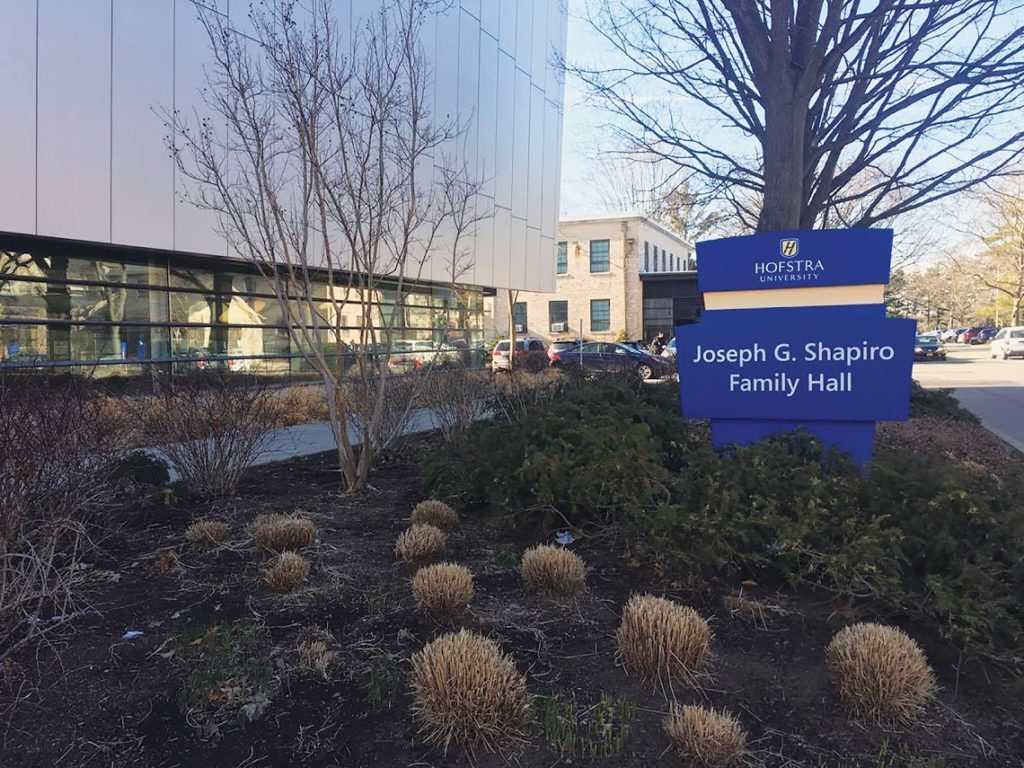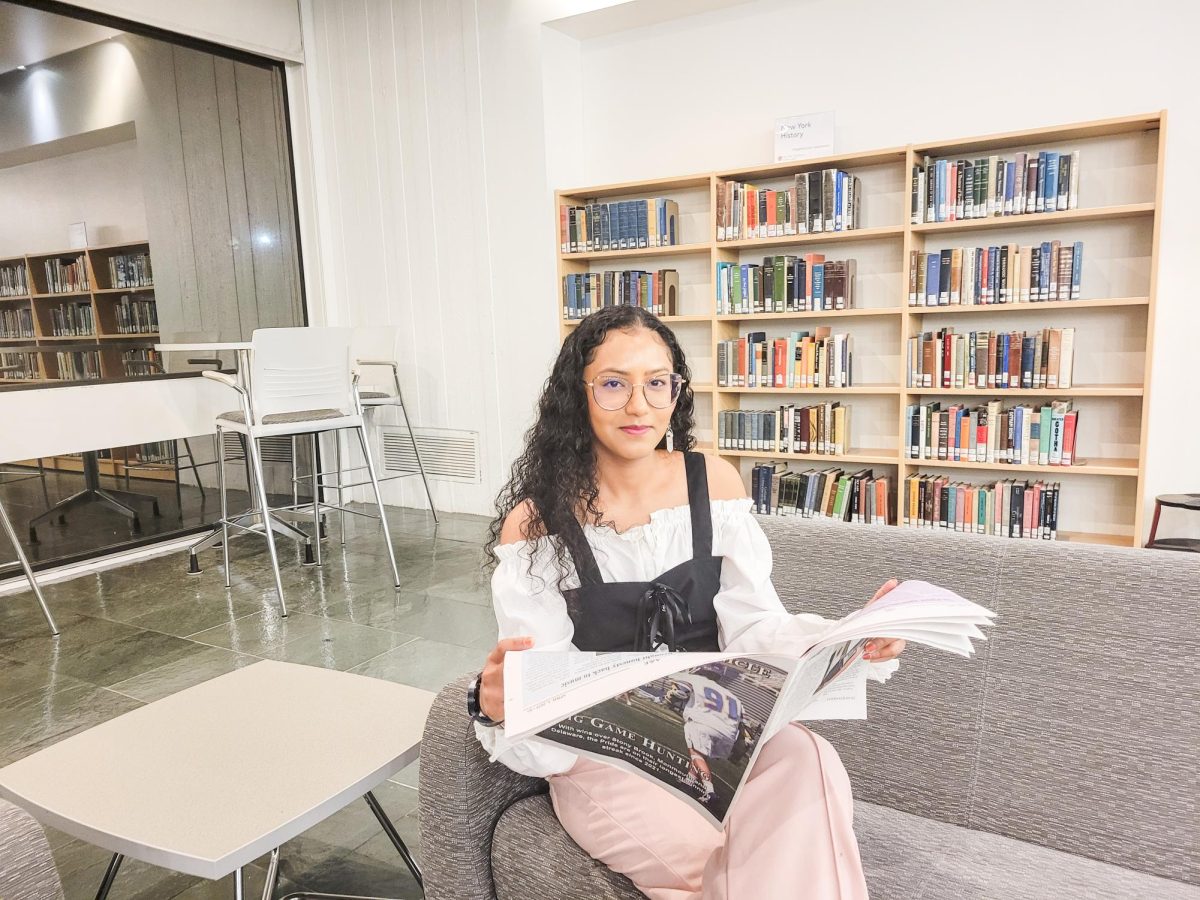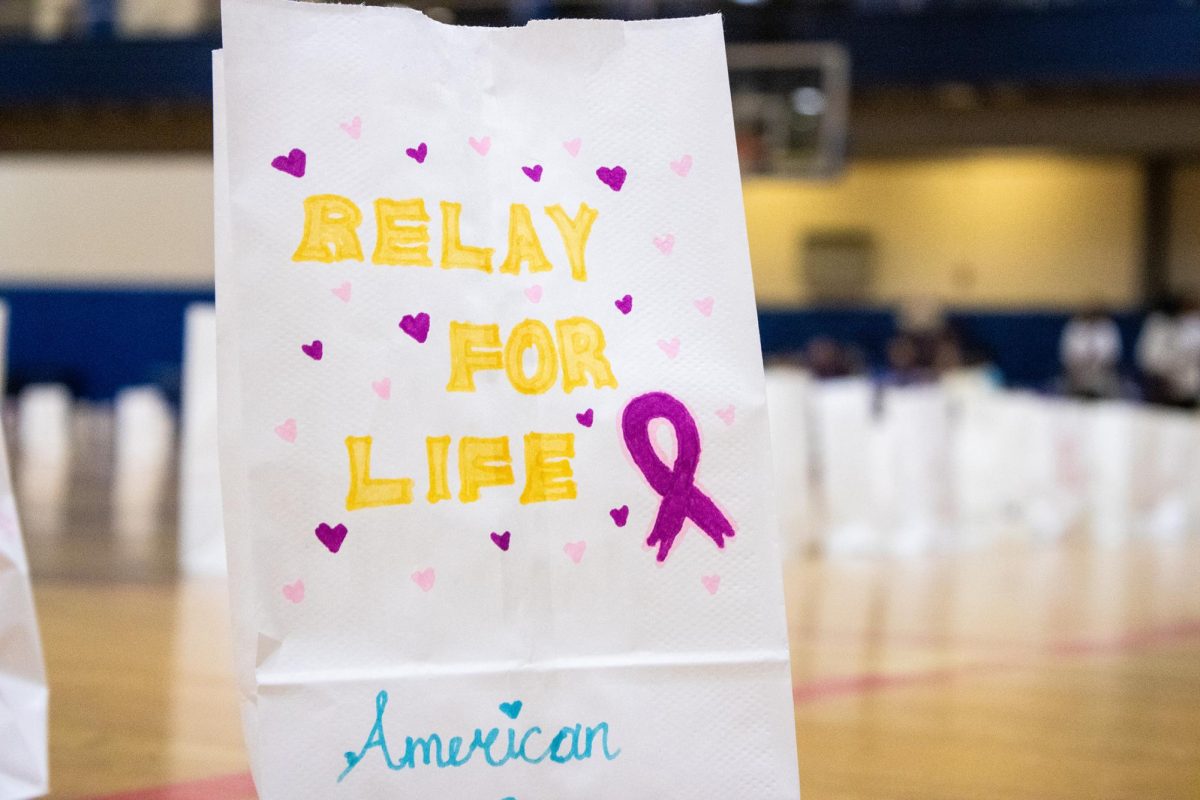
The New Academic Building, which has held the name since 2006, has finally been renamed as Joseph G. Shapiro Family Hall after alumni Joseph and Libby Shapiro of the class of 1954.
The renaming was in respect of the Shapiro family’s long-standing monetary support toward Hofstra. In a statement, the university said, “The Shapiro family has had a deep, long-standing commitment to Hofstra, including the endowment of two scholarships, that dates back more than 50 years to when Joseph and Libby Shapiro … were students.”
Current students were generally in support of Shapiro Hall’s new name, but some questioned the morals behind money having the power to decide a building’s name on campus. Freshman biology major Keeana Quiñones said, “I don’t mind that it was renamed, especially since the Shapiro family have given such generous contributions. But I would like to know more about the family who is giving in order to fully appreciate the building name.”
Vincent Luna, an undecided freshman, said, “I don’t know who [the Shapiro family] is. I don’t see why giving contributions merits a building being named after you. I appreciate that they donated money, but why is it necessary to get the extra compensation? You see so many benches named after people, some in memory and some for other reasons, but if I knew more about the [donors], I would care more and have a reason to know their name.”
According to a New York Times Obituary, Joseph Shapiro attended Hofstra University but left to serve in the United States Army, where he saw active duty in Korea. He returned to Hofstra after his service where he pledged Epsilon Sigma and received a degree in business. Joseph met Libby Posner when they were 10 and her family moved to his street in Glen Cove. They were married for 61 years.
Located across from Emily Lowe Hall, the Joseph G. Shapiro Family Hall hosts faculty offices for the Lawrence Herbert School of Communication, the Peter S. Kalikow School of Government, Public Policy and International Affairs, as well as the Departments of Rhetoric, Music and History.
The building was constructed in 2006. It was designed by Studio A Architects of New York City and constructed by E.W. Howell Company of Westbury. Costing $16 million to build, the building is 86,000 square feet and features a black box theater and an acoustically isolated band rehearsal hall.
Not only does Shapiro Hall have features specifically designed for Hofstra artists, but the building also possesses a significant piece of music history. In 1964, Hofstra professor Herbert Deutsch collaborated with Dr. Robert Moog and created the Moog synthesizer, an innovative piece of electronic music history. A dedication display to the still teaching professor and his invention can be found in the lobby of the building.
The contributions of the Shapiro family have done much to add to the Hofstra campus. The university said in the same statement, “Shapiro Family Hall, along with the Libby and Joseph G. Shapiro Alumni House, dedicated in 2004, serve as a powerful connection between our past and our future.”
Libby Shapiro and her husband – who unfortunately passed in 2014 – introduced the Libby and Joseph Shapiro Endowed Distinguished Academic Scholarship and the Eva and Benjamin Shapiro Memorial Scholarship for Hofstra students, a couple of the many contributions from the family.
A public dedication and announcement of the newly renamed building have been planned for a later time this spring; however, students don’t need to wait for this announcement as a sign displaying the title has already been erected in front of the building.













